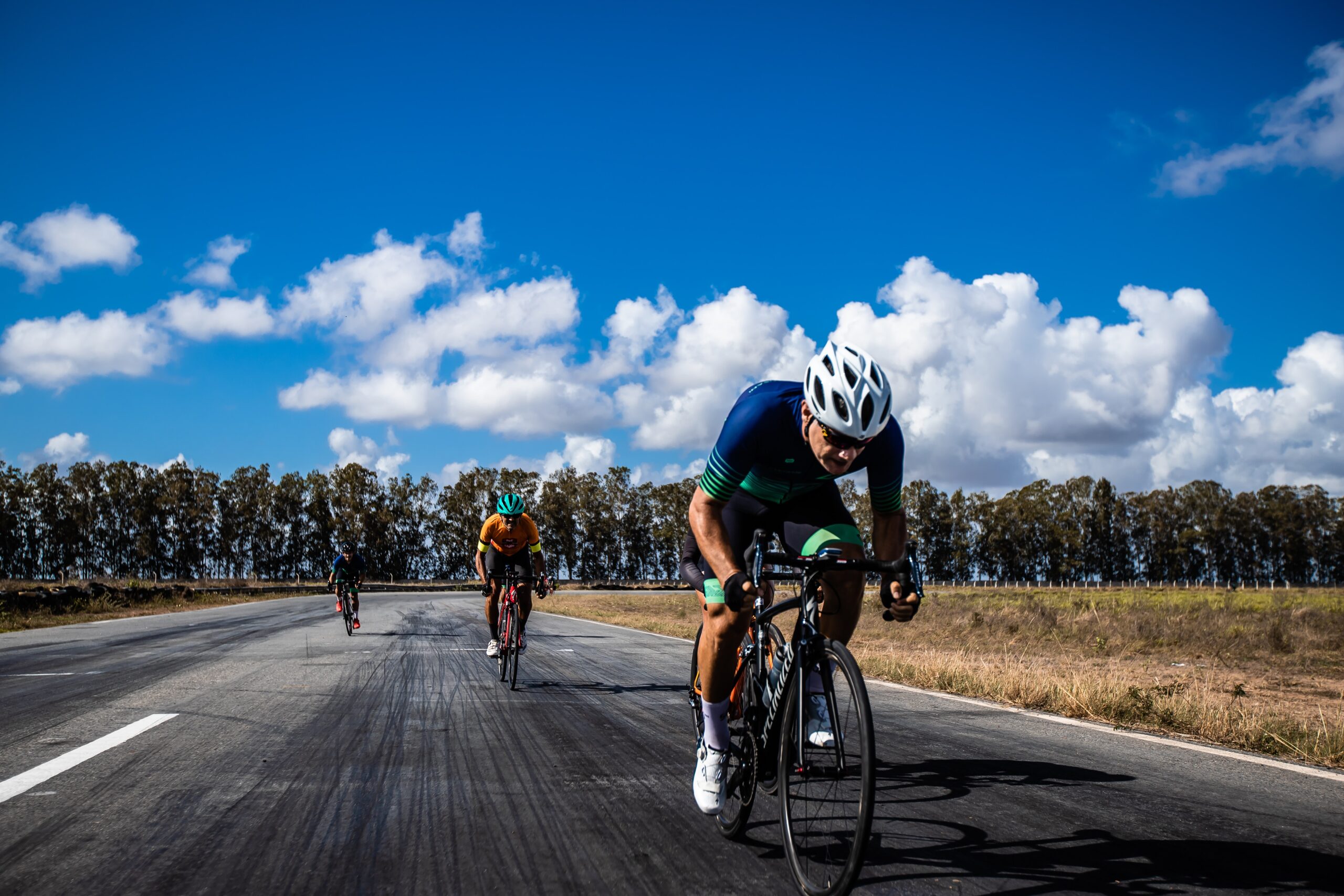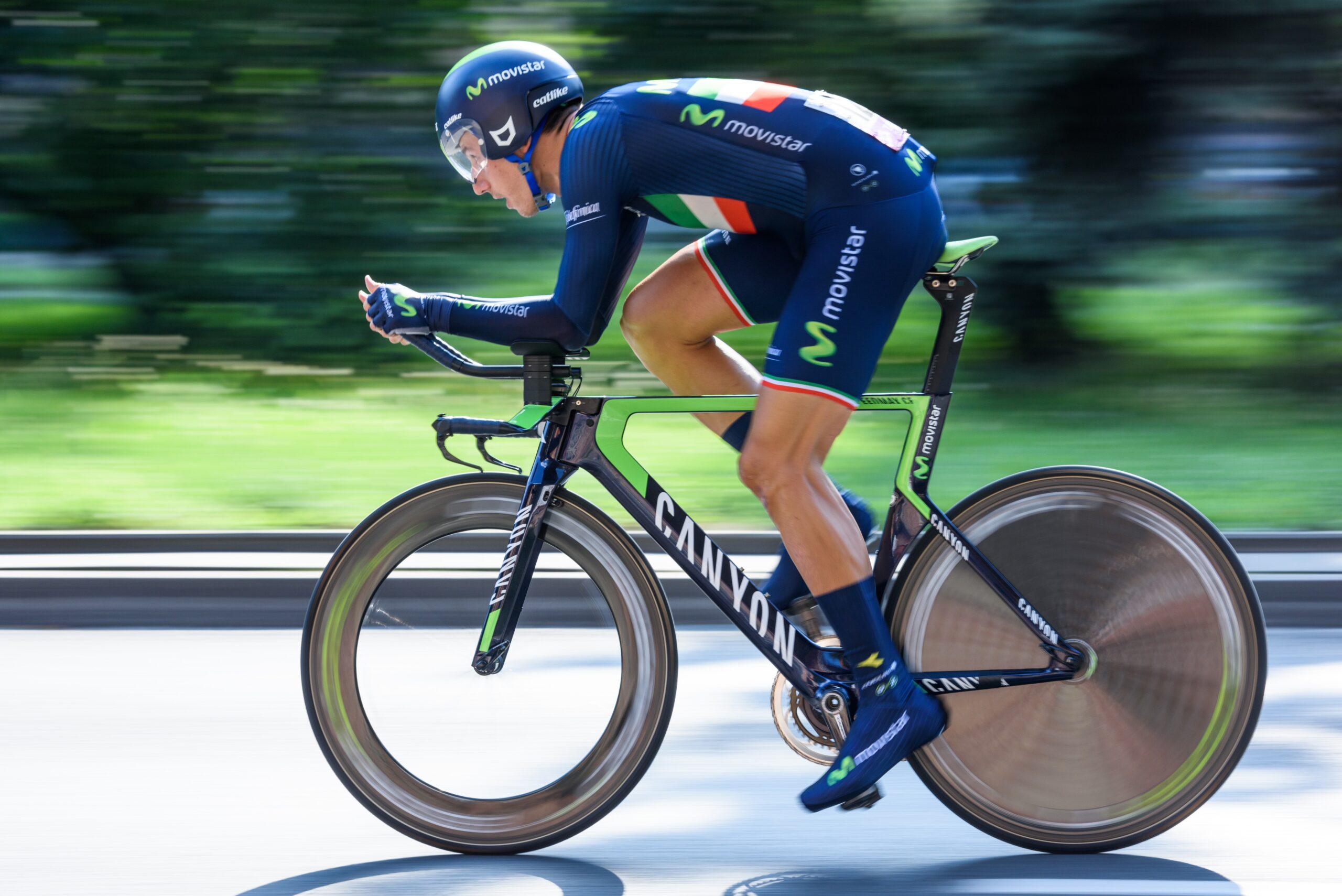The goal of cycling or running in zone 1 is active recovery. This is an intensity typically used between intervals, during warm-ups, or during the cooling down. The intensity and training load are very low. A ride or run in zone 1 is therefore also perfectly suitable for a rest day.
Energy Systems
Training sessions at Science2Move are structured using personalized training zones. These zones are determined through a maximal ramp test, during which changes in energy systems are assessed.
During a maximal ramp test, we determine your zone 1 based on your relative maximal fat oxidation. The focus is mainly on the aerobic system. This means your body uses oxygen to break down energy-rich nutrients (in this case, primarily fats) and convert them into usable energy. The aerobic system takes a bit longer to activate and releases energy more slowly. Unsurprisingly, this system is used during low-intensity endurance sessions or recovery workouts. Fats are broken down very efficiently and converted into energy, with minimal waste production.
When you have downloaded a training program from Science2Move on TrainingPeaks, we will use general training zones, based on FTP and the principles of zone 1. The exercise intensity will approximately be in the range of:
- Bike power: 40-60% FTP
- Bike HR: 65-80% FTHR
- Run pace: 65-82% FTPa
- Run HR: 70-85% FTHR
What are you training?
Training in zone 1 stimulates oxygen delivery to the muscles and promotes the use of fat as fuel. Zone 1 pace is also commonly used between high-intensity intervals, where the goal is to supply oxygen, remove CO₂, and use or remove lactate or other by-products.
Stimulates (aerobic) fat metabolism
Enhances oxygen delivery to the muscles
Nutrition & Hydration
The goal of this intensity zone is recovery. Make sure to drink enough fluids and, if needed, consume some carbohydrates—especially between intervals. However, when the goal is to promote fat burning, don’t take carbs too quickly.










